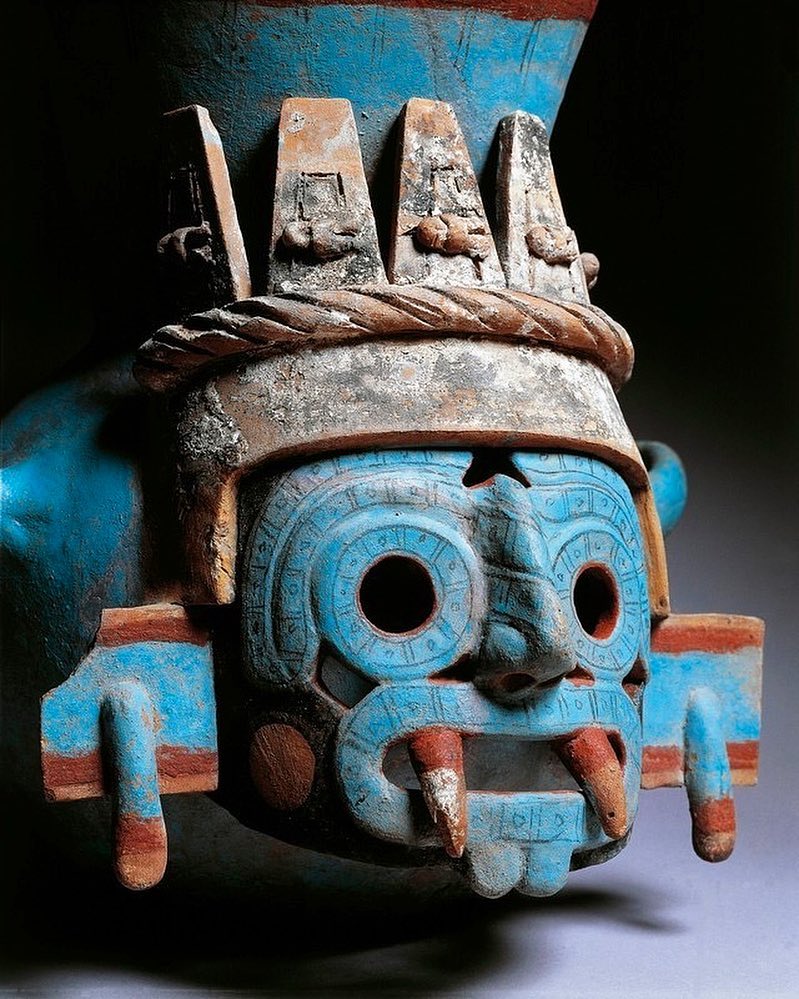1526
1527
1528
1529
1533
1536
1537
1538
1539
1540
1541
1542
1544
1546
1548
1550
























